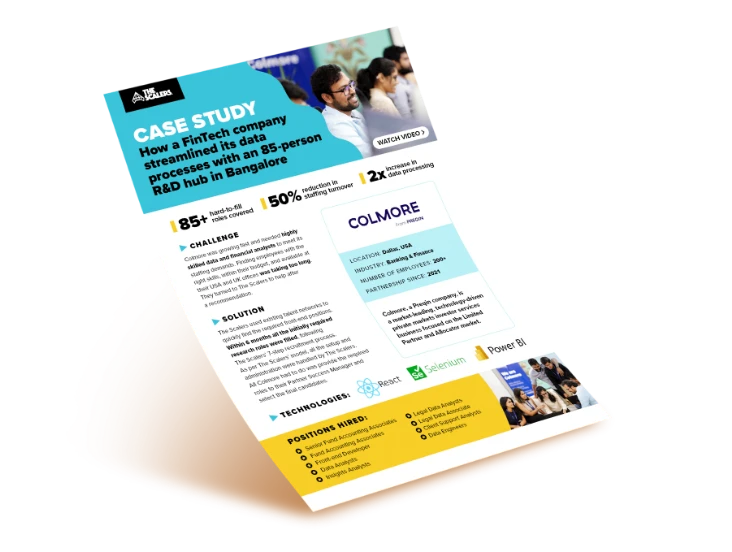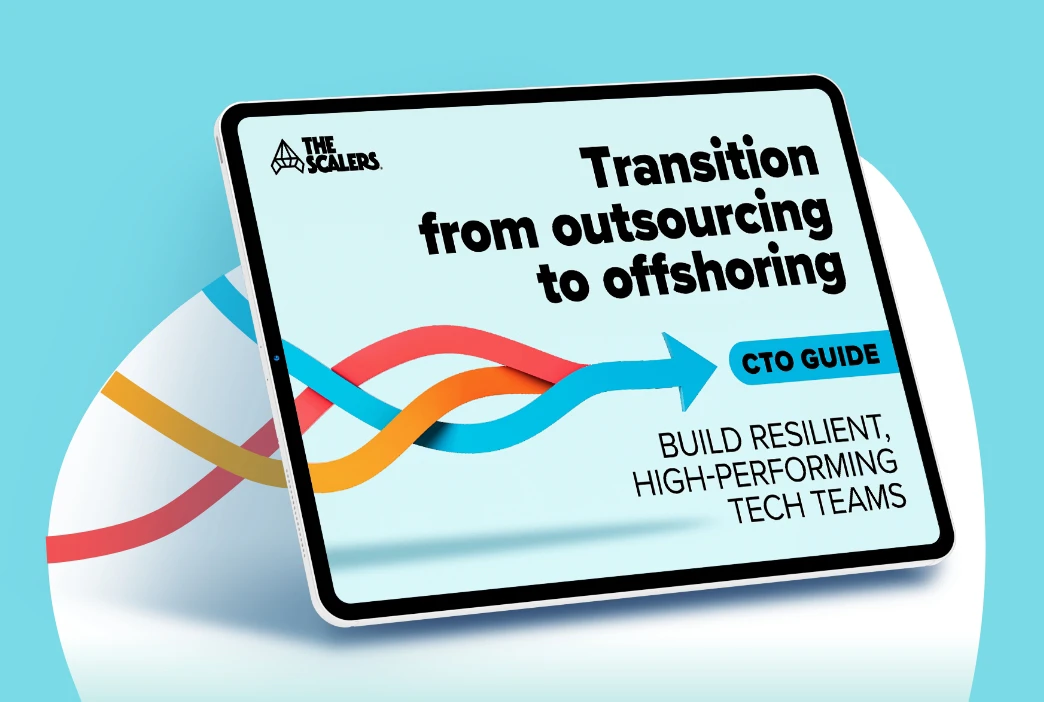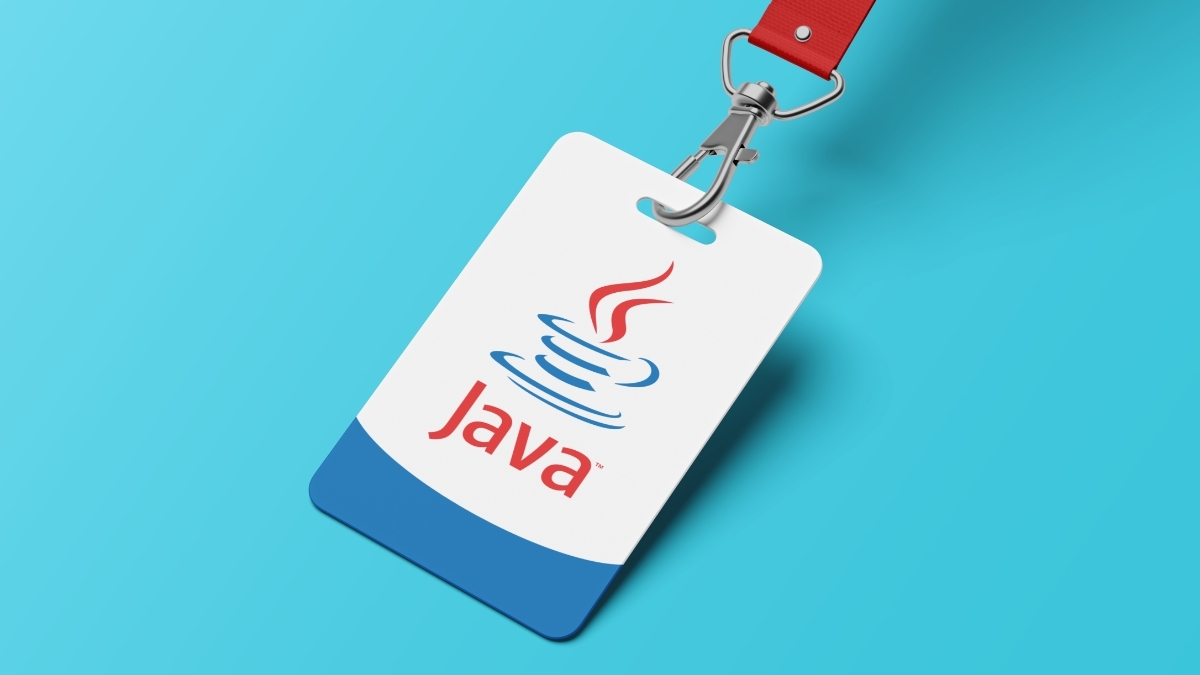IT staff augmentation vs offshore development: the better model?

Global teams are on the rise.
While not a new concept, their popularity has surged, particularly with businesses’ widespread adoption of distributed operations. Collaborating with a global workforce is now more embraced and less intimidating.
This acceptance resonates in working models like outsourcing, staff augmentation, and offshoring. In this article, we’ll discuss two of them: IT staff augmentation and offshore development.
If you’re a tech leader looking to extend your development team, this guide will help you make an informed decision.
What is IT staff augmentation?
IT staff augmentation is a flexible model where businesses temporarily hire external specialists to enhance their workforce — after assessing project needs and identifying skill gaps.
This enables organisations to complete projects on time and meet goals.
While there are onshore providers, nearshore and offshore staff augmentation are the dominant forms.
IT staff augmentation today
Staff augmentation has become increasingly popular in the IT industry because of the acute shortage of specialised tech talent. In fact, according to research conducted by Manpower Group, 75% of employers report difficulty filling roles.

In such a scenario, there is a substantial demand for IT professionals like QA engineers, programmers, Machine Learning experts, and UX designers. By implementing the staff augmentation model, organisations can leverage existing resources and outsourced contract workers to hire the skilled IT talent they need to keep their business afloat.

When to use IT staff augmentation
1. To increase capacity to meet a sudden demand
Let’s assume you are the CTO of a successful security company specialising in building state-of-the-art, easy-to-install home security systems. And because of a series of break-ins in your city, there has been a sudden, unprecedented demand for your products and services. So you need to increase your capacity, and you need to do it quickly. In such a scenario, hiring a team for a few weeks is the best solution. This is where IT staff augmentation can prove to be beneficial.
2. To access skills for one-off projects
You might have a stellar local development team at your disposal — one that is more than capable of delivering software within stipulated deadlines. However, sometimes, your business might take on a project that requires specialised skills that your existing team might not have. In such cases, IT staff augmentation allows you to plug skilled developers into your existing team to contribute towards completing the project.
But isn’t outsourcing the best model for one-time projects? Well, if we compare staff augmentation vs outsourcing, we can see some similarities, but they differ in the level of control and accountability the contracting firm retains.
In general, staff augmentation is more flexible when you need to quickly extend your team.

3. To stay ahead of the competition
In some cases, businesses can leverage IT staff augmentation to stay ahead of the curve. For example, if your company wants to get a new product to the market before your competitor does or launch a new feature on your website on a priority basis, you can hire flexible workers on a contract basis who can deliver quickly through the staff augmentation model.
What are the pros and cons of IT staff augmentation?
The advantages of staff augmentation
- Flexibility: Businesses can hire employees on a flexible, contract basis and pay them only for the work they do.
- Cost-effectiveness: With no investment in infrastructure or training, IT staff augmentation is a cost-effective model where organisations can access on-demand, specialised skills.
- An opportunity to focus on the core business: Because businesses are collaborating with an external vendor, they don’t have to worry about organisational and administrative responsibilities and can instead focus on their core competencies.

The disadvantages of staff augmentation
- Not sustainable over the long term: The staff you hire may need to take on other projects or leave the vendor company mid-project causing disruptions and delays.
- Hidden costs: IT staff augmentation is typically billed on a time-and-materials pricing model. Often, companies are charged for services they haven’t used, leading to a hefty bill at the end of the contract.
- Inconsistent quality: Staff augmentation is a model associated with a high turnover because of employees who often work on a short-term contract or freelance basis. As a result, you might end up working with different vendors and engineers, creating discrepancies in quality.

Discover how to scale development teams in 2023 and beyond
DOWNLOAD EBOOKOffshore software development — a dedicated team
Finding elite tech talent, even with models like IT staff augmentation, can be challenging.
That’s where offshore software development comes in.
Going offshore means you no longer have to engage with external vendors to fulfil internal capacity. Instead, you can leverage large talent pools in growing tech hubs like Bangalore, India and build a dedicated team of skilled developers abroad. The team is yours in every sense — they’re full-time, permanent employees who are a value-adding extension of your local team.
Indeed, India leads IT export in the APAC region today, directly influencing the tech spending growth forecast for 2024.

The Scalers’ unique offshore staff augmentation model
When deciding to augment your existing engineering team, consider IT staff offshoring.
At The Scalers, we offer a solution for extending your software delivery capacity with an integrated team. Our offshoring 2.0 model allows you to get fully integrated offshore staff, not a temporary extension.
Here are the differences between staff augmentation and The Scalers’ team augmentation models and what you get with one and the other:
IT staff augmentation
- Challenges in team collaboration.
- Developers lacking specific skills.
- Weak security measures.
- Engineers not aligned with your goals.
- Complex logistics and administration.
- Lengthy recruitment processes.
The Scalers’ offshore augmentation model
- Highly skilled engineers from a top talent pool.
- Seamless collaboration across teams.
- Tailored specialists matching your skill needs.
- Security practices aligned with your home standards.
- Engineers fully committed to your company’s vision.
- Managed operations with an experienced partner.
- Quick and efficient team assembly.
Whether to extend your team via IT staff augmentation or offshoring depends on your specific needs.
Staff augmentation is usually the strongest option for short-term projects lasting less than a few months. But if you’re looking for full-time, permanent employees who are a value-adding extension of your local team, then offshoring may be more suitable for you.

How we helped a FinTech scale its data insights team to an 85-person R&D hub in Bangalore
DOWNLOAD CASE STUDYIT staff augmentation vs offshore development: a conclusion
And it’s a wrap!
We hope this article has provided valuable insights on augmenting your development team.
When expanding your engineering capacity, it’s important to weigh the pros and cons of different models and strategies. There’s no one-size-fits-all answer, but knowing the benefits and drawbacks helps you make better decisions.

If you’ve read this far, you’re likely looking to hire a dedicated development team.
At The Scalers we’ve built 80+ high-quality teams for companies worldwide and can help you establish yours in Bangalore, the Silicon Valley of Asia.

If you’d like to know more, please fill out this contact form to reach out to us, and one of our senior executives will contact you within 24 hours.















